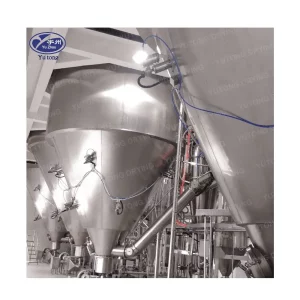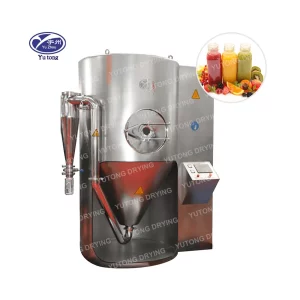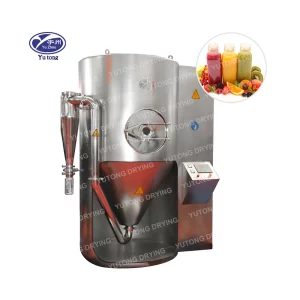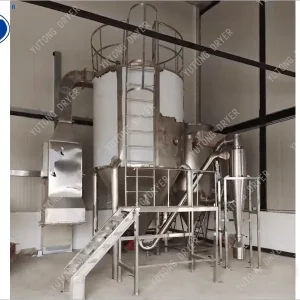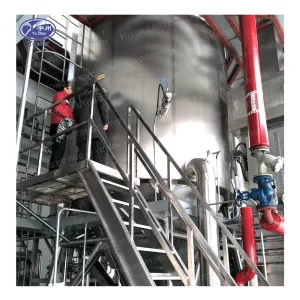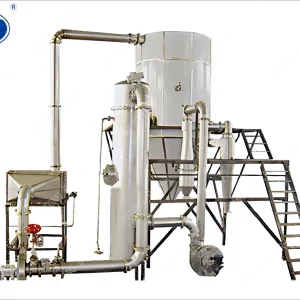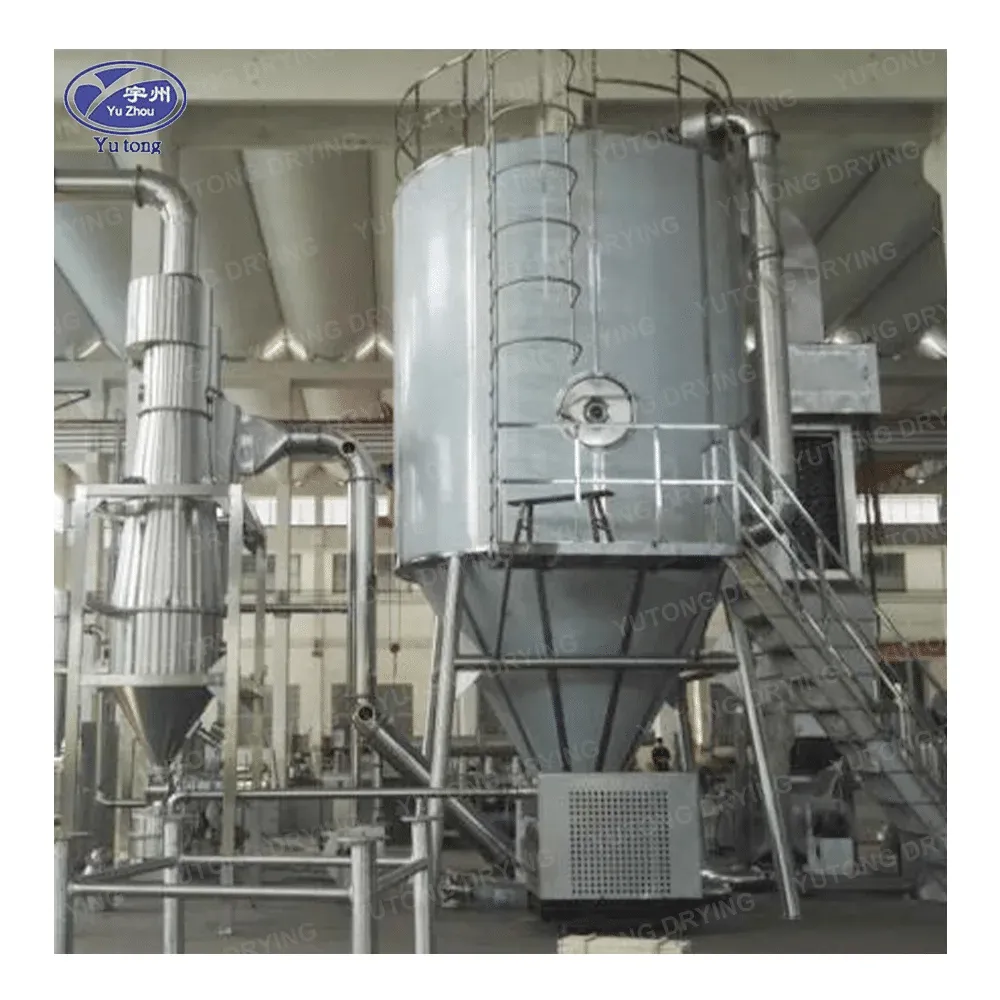The Influence of Feed Material Properties
One of the key determinants of spray drying efficiency is the nature of the feed material. The composition, concentration, and viscosity of the liquid being dried have a significant impact. For instance, a feed with a high solids content may lead to more efficient drying as less moisture needs to be evaporated. However, overly concentrated feeds can pose challenges in atomization and may result in uneven drying or particle agglomeration.
The Importance of Atomization Quality
The quality and uniformity of the atomization process also play a crucial role. Efficient atomization ensures that the liquid is broken down into fine and uniform droplets. Smaller droplets have a larger surface area-to-volume ratio, facilitating faster moisture evaporation and more consistent drying. Different types of atomizers, such as pressure nozzles or rotary atomizers, have varying degrees of efficiency in achieving this.
The Role of Drying Gas Parameters
The temperature and flow rate of the drying gas are critical parameters. A higher temperature gas provides more heat for evaporation, but excessive temperatures can cause thermal degradation of the product. The right balance must be struck to ensure efficient drying without compromising the quality of the final powder. Additionally, an optimal gas flow rate helps maintain proper contact between the droplets and the gas, enhancing the heat and mass transfer process.
The Impact of Drying Chamber Design
The design of the drying chamber is another important factor. A well-designed chamber allows for uniform distribution of the droplets and the drying gas, minimizing dead zones and ensuring that all particles receive adequate drying. The shape, size, and internal baffles or flow directors within the chamber can influence the drying efficiency and the quality of the resulting powder.
The Significance of Residence Time
The residence time of the droplets in the drying chamber is also significant. Sufficient time must be provided for the moisture to evaporate completely, but too long a residence time can increase energy consumption and production costs.
Energy Efficiency Considerations
In terms of energy efficiency, spray drying can be optimized through various means. Heat recovery systems can be incorporated to capture and reuse the heat from the exhaust gas, reducing the overall energy consumption. Also, advancements in insulation and process control systems can minimize heat losses and improve the energy utilization.
Efficiency in Different Industries
The efficiency of spray drying is not only measured in terms of the quality and properties of the final powder but also in terms of the economic and environmental aspects. Reduced energy consumption, higher product yields, and minimized waste all contribute to the overall efficiency of the process.
For example, in the food industry, an efficient spray drying process for milk powder production would result in a product with the desired moisture content, good solubility, and minimal nutrient loss. At the same time, it would consume less energy and produce less waste, making it both economically viable and environmentally friendly.
In the pharmaceutical sector, an efficient spray drying system for drug formulation would ensure consistent particle size, improved stability, and higher bioavailability of the drug, while also optimizing the production costs and minimizing the environmental footprint.
In conclusion, the efficiency of spray drying is a complex interplay of multiple factors that need to be carefully considered and optimized to achieve the best results in terms of product quality, energy consumption, and economic and environmental sustainability.

